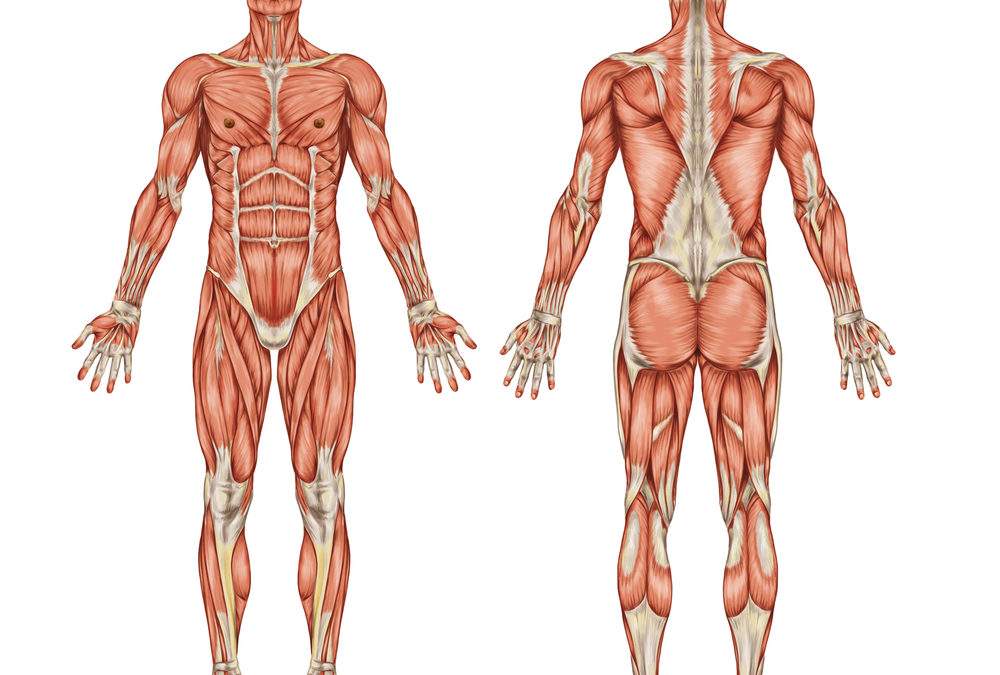“The truth is that stress doesn’t come from your boss, your kids, your spouse, traffic jams, health challenges, or other circumstances. It comes from your thoughts about your circumstances.” – Andrew Bernstein
The human body is a wonderfully complex and multifaceted organism.
Most of us, of course, go through our days almost completely unconscious of our bodies as they function, move, and carry out whatever tasks we call upon them for. Unless we are in pain, tired, hungry, or experiencing some other type of physical discomfort, we are usually oblivious of our physical structure.
Yet there is so much happening and so many opportunities for both functional improvement (which is why many of us exercise and workout) and for dysfunction.
This is why so many of us suffer from restricted movement that reduces our body’s flexibility, causing pain and stiffness in muscles and joints.
The Power of Having Functional Movement
Put quite simply, functional movement is any movement requirement in a person’s life, within the expected normal range of motion in the human body. This includes everything from breathing, transitioning from lying down to standing up, being able to squat, reach overhead, walk and run, and any other task a body is required to do.
Aside from acute injury or disease, the ability of our bodies to maintain and carry out most normal functional movement is taken for granted.
While the range of motion and limits of flexion and extension will vary from one person to another, there is a generally accepted range of movement that most of us are capable of. The problems arise when these movements become restricted or painful – or both.
And some of the most causes of dysfunctional movement issues in otherwise healthy individuals are soft tissue adhesions, which are dense collections of scar tissue that form on muscles and connective tissues that have been overstressed or injured. In addition, adhesion can entrap nerves which can lead to tingling, numbness, and pain.
For athletes and sports professionals, these can be common issues and must be treated in order to restore their levels of fitness and to be fully functional in their movements.
For the rest of us, it may not be as common, but just as restrictive and painful.
Fortunately, there is a proven approach to successfully treating soft tissue problems and the dysfunctional movement issues that can result.
Applying the “Art” of Active Release Techniques® to Soft Tissue Injuries
At Pain and Performance Solutions we specialize in the application of several therapies including Active Release Techniques®, or ART®.
The technique’s been around for more than three decades and was first developed and used by Dr. P. Michael Leahy to treat soft tissue disorders in elite athletes.
ART® has since been used to treat millions of people. A sizable number of healthcare providers are trained in ART® and these providers use Active Release Techniques® to treat neck and back pain, headaches, and other issues caused by soft tissue conditions and injuries.
The “secret” behind the effectiveness of ART® is that it treats your body’s soft tissue by combining manipulation and movement. This entails identifying, isolating, and targeting the affected area to break up scar tissue, which promotes blood flow and faster healing of injuries.
According to an article at Healthline,
“ART can be used to treat pain and other symptoms caused by injury or damage to:
- Fascia. This is fibrous connective tissue that protects and supports muscles and organs throughout your body. Inflammation across a band of fascia tissue can cause extreme pain and stiffness. Plantar fasciitis is a common fascia tissue condition.
- Major muscle groups. Strains and pulls from overuse or trauma can affect any of your major muscle groups. This includes muscles in your neck and shoulders, back, and hamstrings.
- Tendons and ligaments. Tendons connect muscles to bone and ligaments connect bone to bone. Injury to either can cause pain and decrease range of motion.“
Active Release Techniques® has been proven to be effective in a myriad of soft tissue-based conditions and the results are almost always positive. Unlike some other soft tissue treatments, there are no known side effects nor requirements for lengthy, ongoing treatment sessions with ART®.
In fact, our years of experience at Pain and Performance Solutions have shown us that most pain conditions, including muscle strains, sprains, and other musculoskeletal disorders, can usually be resolved in less than half a dozen treatment sessions.
The good news is that the art of treating your body’s soft tissues can bring relief and full, functional movement once again.
Pain and Discomfort from Soft Tissue Problems Can Be Resolved with ART®
If you’ve been putting up with months (or years) of nerve issues, muscle stiffness, restricted movement, or even chronic pain, then finding relief might seem impossible. But it is possible, which is why we invite you to come to Pain and Performance Solutions for treatment.
When you arrive for your first appointment, we’ll start by learning about your present pain issues as well as any history of discomfort. Finding muscle dysfunction relief with ART® can only begin once we understand where and how your discomfort started.
A full examination will help us determine which form of treatment is best suited to get you on your road to recovery. Your trust in us is key, as is your honesty. Ultimately, getting your body healthy and working properly is the only way to achieve total recovery.
Our goal is to work through the sequence of pain and dysfunction in order to get your body healthy and working properly and to achieve total recovery. Don’t hesitate to reach out. We are here to help and will answer any questions that you may have.
You can reach us at (707) 636-4404 or by filling out our online contact form.
